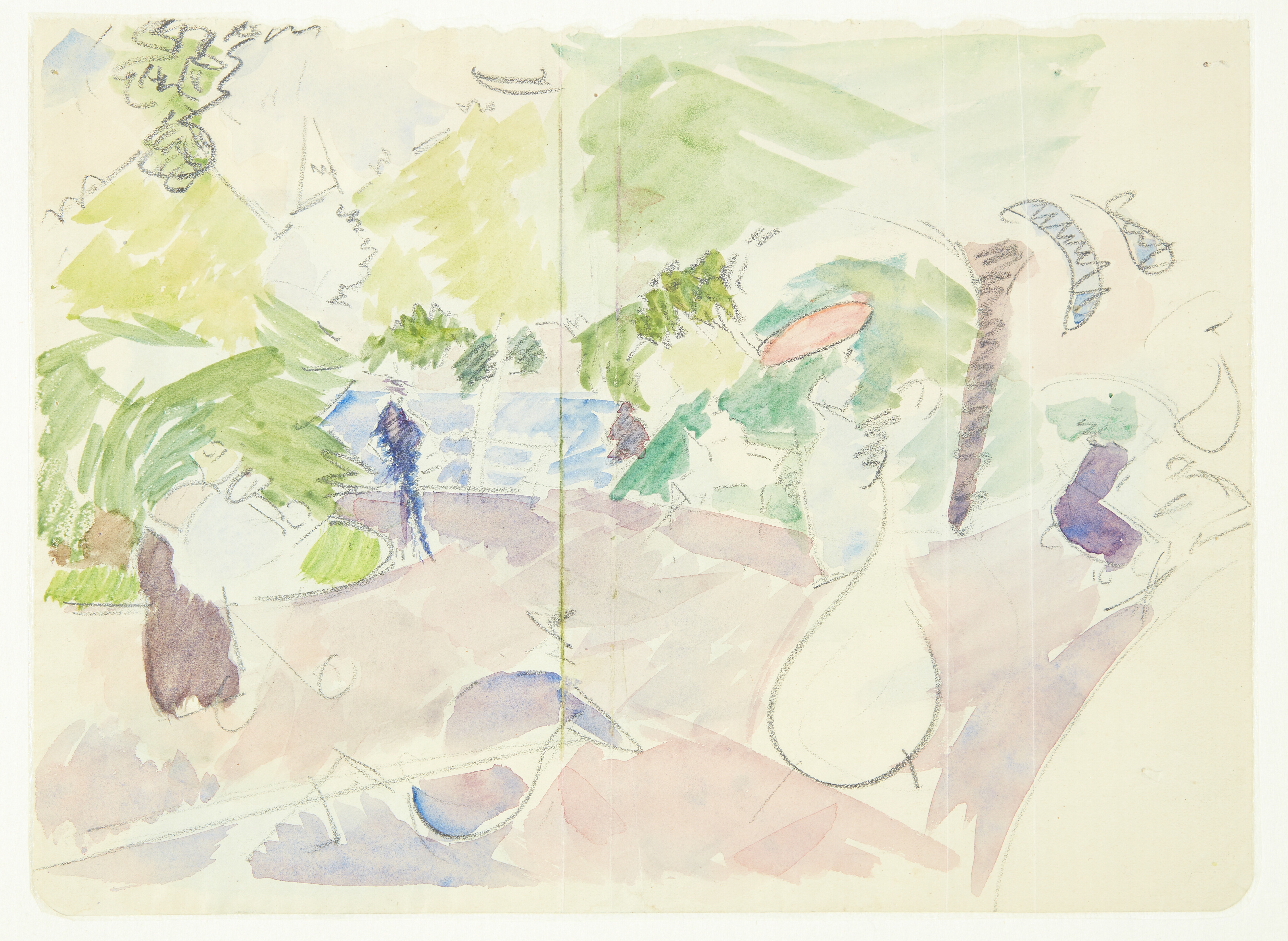GUEST POST: HOW DO CAPITAL PROVIDERS THINK ABOUT FUND TEAMS? 7 Key Items to Consider

There is one thing that every GP/sponsor has up their sleeves when challenged about what makes them unique, which is their people. Since no two individuals are alike, it stands to reason that no assembled teams are identical. Here, “unique” implies neither “good”, “strong”, “efficient” or “elite”, but rather that a combination of people is a source of differentiation within any organization. LPs understand the importance of teams but will not simply equate the presence of a team with a GP’s value-creation effectiveness. LPs assess sponsor teams in various ways, from qualitative to quantitative, but their core interest is determining the existence of cohesion, longevity, incentivization, and prowess. When considering a commitment to a fund/deal, LPs dedicate large amounts of time and vast sections of due diligence reports to discover and outline the essence of a manager’s team. Getting to a semblance of truth or reality regarding how the team within an organization works is easier said than done, but diligently asking, prodding, observing, referencing, and verifying can help build enough comfort to create a partnership. Below are a few aspects that analysts consider when assessing the efficacy of fund teams.
- Do the people like each other?: Despite the simple nature of this question, it is still not easy to get conclusive evidence to support a “yes” answer. Gone are the simple old days when colleagues being college buddies, best men, maids of honor, children’s godparents, etc., to one another, was enough to confirm mutual fondness. These days, shrink-like analyses are necessary to ensure deep-rooted resentment or unseen power struggles are not lying dormant beneath the surface. As most LPs will attest, going through fund dissolution protocol because key members have decided to split up, is one of the most painful aspects of fund investing. No one demands or expects a GP to be a team of best friends, but genuine camaraderie and cordiality enhance the prospect of a long-term partnership.
- Longevity together: The number of years team members have worked together has always been a good way to measure team cohesion, working relationships, and continued adhesion. Since organizations are dynamic entities, there will be some departures and additions along the way but showing a strong nucleus of key members who have stood the test of time, gives LPs a calming sense of cultural, philosophical, and strategic continuity. It is important not to muddle the extremely useful “years of team member overlap” at a firm, with the “aggregate years of team member experience”, which in my opinion has little meaning.
- Personality/Skillset/Roles/Compatibility/Attribution: LPs are always trying to ascertain who is doing what at an organization. Investors are subliminally or explicitly matching the personalities of team members with their roles within the organization. Rightly or wrongly, this process is based on information provided by the GP, interactions with team members, and general observations. “Is the quiet one the numbers person?”, “Is the charismatic one the salesperson?”, “Is the folksy one the person who deals with portfolio companies in rural areas?”, etc., are a few of the questions constantly at play in the minds of LPs. Also, it is key to understand how different personality traits mesh or could potentially clash. Does the quiet one really want to be seen as the charismatic one, and how could this affect things in the future? Additionally, LPs want to understand who gets credit for what – aka “attribution”. This means getting a sense of how praise and blame are bestowed, along with the accompanying repercussions.
- Captive versus Non-Captive: Personnel pages in GP decks are increasingly getting filled with team members who are not fully captive to that manager. It is a practical (and sometimes economical) way to strengthen, deepen, or just beef up benches. Operating partners, venture partners, advisors, xxxxx-in-residence, etc., all have defendable attributes within an organizational structure, but their presence will also inevitably spur questions around allegiance, alignment, and compensation. Some funds may not have the financial wherewithal to have a deep bench of captive talented players. Others argue that having a captive operating partner with a particular field or sector skillset may not be practical since individual portfolio company operational needs tend to vary. For example, a sales/pricing operating partner with a background in healthcare services would not be as effective if deployed into an industrials-focused portfolio company. It is crucial to understand how GPs are structuring teams to ensure it is not done for wow factor reasons, but rather for practical reasons.
- Is more really more?:Some GPs are quick to highlight the size of their team and the scope of their reach. This sounds really good on paper, but it also draws more questions about efficiency, culture, expenses, and aspirations. During due diligence, LPs attempt to assess whether a fund’s team is appropriate (too small, too big, or just right) for its strategy. A fund’s expressed approach to team size gives valuable insights into how the manager is thinking about team member career growth opportunities, fund expenses, empire building, future fund sizing, etc.
- A team of many teams: A phenomenon that has been steadily growing among GPs is the propagation of sub-strategies, and with it, sub-teams. Many GPs now have sister strategies under their umbrella. These could be offshoots of a flagship strategy – like a large buyout fund creating a strategy for the mid/small buyout or growth space, an early-stage venture fund creating a strategy for late-stage investments, an opportunistic/value-add real estate fund creating a core strategy to take advantage of deal flow with high stability but limited return upside, etc. The degrees of relatedness of the offshoots to the flagship strategies can vary, but typical GP messaging tends to stress the cohesion of the team or teams working on them. LPs assessing these team clusters try to verify interconnectivity, organizational pecking order, and explicit/implicit incentives.
- Succession and Transitions: GPs who have had successful (or relatively successful) long-term runs will inevitably have to navigate a team succession or transition. This can be a seamless continuation of business-as-usual, or a powder keg of organizational instability, hurt feelings, and an uncertain future. The messaging (particularly regarding economics, disgruntlement, outside funding, etc.), around successions and transitions, has to be as transparent and careful as possible. Thorough LPs will dig into the deal attribution of past (transitioning out) and remaining team members to ensure the ongoing viability of the fund. To inoculate against the pitfalls of team changes, many GPs adopt a “well-oiled machine that can run on its own” persona. However, LPs will perpetually find it challenging to separate an organization from its inhabitants.
The uniqueness and dynamism of GP teams are par for the course when LPs are conducting due diligence. The GP must, however, provide LPs with relevant and transparent team information to encourage a willingness to commit to a long-term relationship.
Anthony Kwesi Hagan
Founder and Head of Research, FreedomizationTM
October 27th, 2024



